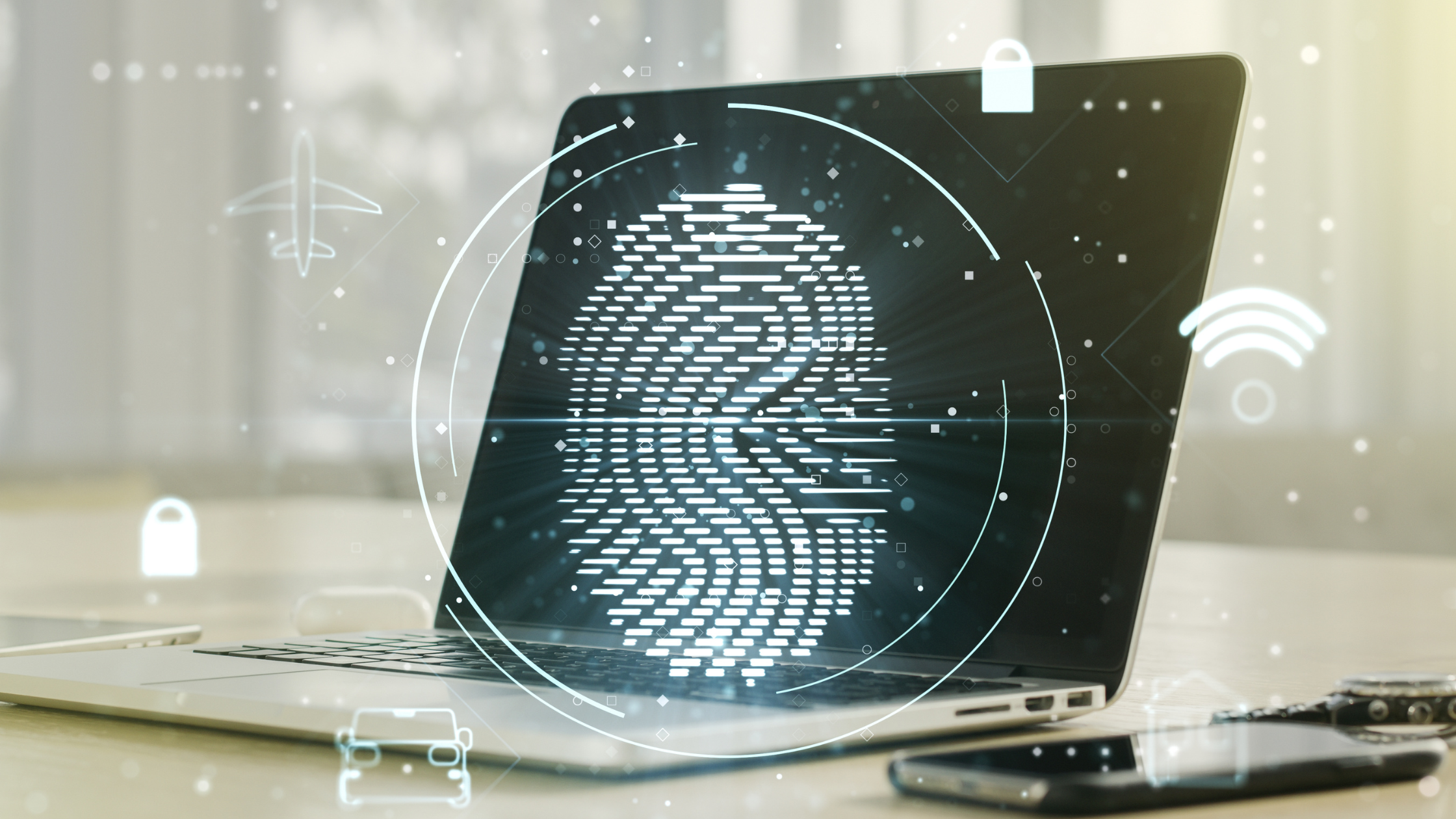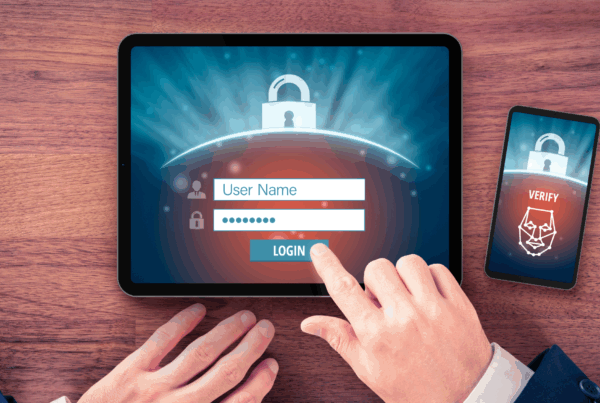In today’s increasingly complex digital landscape, securing access to data and applications is no longer as simple as guarding the perimeter. With users working from everywhere and devices constantly connecting to cloud and on-prem systems, organizations need a new approach—one that adapts to modern threats without getting in the way of the people doing the work.
That’s where Zero Trust comes in. But while the Zero Trust model has gained attention for its ability to strengthen cybersecurity defenses, it often raises a concern among business and IT leaders: Will this slow my team down?
The short answer: not if it’s implemented correctly.
By adopting a user-centric Zero Trust approach, organizations can protect users, applications, and data—without introducing the kind of friction that disrupts workflows and frustrates employees. This blog explores how to strike that balance and how solutions from Cisco, delivered by partners like Robinett Consulting, make Zero Trust both effective and seamless.
What Is User-Centric Zero Trust Security?
At its core, Zero Trust is a cybersecurity framework that assumes no user or device should be trusted by default, even if they’re inside the network perimeter. Every access request must be authenticated, authorized, and continuously validated based on identity, device health, location, and behavior.
But the user-centric version of this approach focuses on the experience of the person at the keyboard. It means building controls that are not only effective at stopping threats—but also easy to use, fast to navigate, and minimally disruptive to day-to-day work.
In other words, user-centric Zero Trust means:
- No repeated logins or redundant prompts
- No clunky VPNs for basic access
- No confusing steps or tech hurdles to get to approved applications
Instead, it means context-aware security that adapts in real time—based on the risk level of the request and the trustworthiness of the user and device.
Why Prioritizing the User Experience Matters
It’s tempting to assume that stricter security equals stronger protection. But if users are constantly battling obstacles just to log in or access files, they’ll look for workarounds—sometimes dangerous ones.
Security that’s too rigid often leads to:
- Credential sharing
- Use of unauthorized personal devices or cloud apps
- Poor adoption of MFA or security policies
This is where the user-centric mindset shines. It recognizes that employee productivity and cybersecurity are not mutually exclusive. When implemented well, Zero Trust policies can enhance both.
Key Component #1: Phishing-Resistant MFA
One of the foundational steps in a user-centric Zero Trust model is implementing Multi-Factor Authentication (MFA)—but not just any kind. Many legacy MFA methods, like SMS codes or email one-time passwords, are increasingly vulnerable to phishing and man-in-the-middle attacks.
Instead, phishing-resistant MFA options like Cisco Duo’s passwordless authentication, biometric logins, or hardware security keys dramatically improve both security and usability.
These methods:
- Verify identity using secure, unphishable credentials
- Allow quick, intuitive logins—especially with Duo Push or biometric scans
- Reduce user frustration compared to legacy MFA options
With Cisco Duo, users can self-enroll and choose the method that works best for them—whether that’s a mobile app, biometric scan, or a physical token. For IT teams, this reduces support tickets and accelerates onboarding, while increasing overall adoption.
Key Component #2: Secure Access from Anywhere—Without a VPN
In traditional models, remote access typically means VPN tunnels and network-level access. But this creates two major problems:
- VPNs often grant too much access—users connect to the entire network instead of just what they need.
- VPNs are slow, inconvenient, and not scalable for today’s hybrid workforce.
Cisco’s Duo Beyond changes that by allowing secure, application-specific access that’s decoupled from the network. Instead of logging into a VPN and navigating internal systems, users can access their apps directly—while Duo continuously evaluates the trust level of the user and device.
This improves the experience by:
- Eliminating unnecessary VPN overhead
- Allowing faster access to cloud and on-prem apps
- Minimizing lateral movement risk inside the network
For businesses trying to enable hybrid work securely and efficiently, this is a game changer.
Key Component #3: Adaptive Security Powered by AI and Machine Learning
Security threats evolve rapidly—and a static set of rules is no longer enough. That’s where AI and machine learning (ML) come into play.
Cisco integrates AI/ML across its Zero Trust portfolio to:
- Continuously monitor user behavior and device health
- Identify anomalies in access patterns
- Automatically adjust policies based on risk level
For example, Cisco Duo Trust Monitor uses behavioral analytics to detect suspicious activity, like a user accessing resources from an unusual location or device. If a risk is detected, Duo can step up authentication requirements or block access entirely.
This creates a context-aware access strategy—one that dynamically adapts without constantly interrupting the user.
Designing a Frictionless Experience
User-friendly Zero Trust doesn’t happen by accident—it takes thoughtful design.
Robinett Consulting helps businesses tailor Zero Trust strategies that:
- Start with critical apps and users first
- Implement MFA with intuitive tools like Cisco Duo Push
- Set up secure, VPN-less access to key applications
- Use Cisco’s AI-powered analytics to reduce false positives
The goal isn’t to eliminate friction altogether—but to apply the right level of security at the right time. For low-risk access on a trusted device, login should be fast. For sensitive data from an unknown location, it should be more rigorous.
When done well, users barely notice the security controls—but IT teams know they’re protected.
Zero Trust in the Real World: Cisco’s Example
Cisco doesn’t just build Zero Trust solutions—they use them internally. In fact, Cisco implemented Duo Beyond across its own workforce in under five months, replacing VPN reliance with intelligent, identity-based access.
Key results:
- Millions of secure authentications monthly
- Continuous device health checks with Duo Device Health
- Faster access for employees with fewer support tickets
The internal feedback? Overwhelmingly positive. Cisco proved that Zero Trust can enhance productivity, not hinder it—and their solutions reflect this philosophy.
At Robinett Consulting, we help our clients follow this same playbook—with scalable, right-sized Zero Trust strategies that work for small and mid-sized businesses just as well as they do for enterprises.
Your Next Steps Toward User-Centric Zero Trust
If you’re considering a Zero Trust approach but worried about disrupting your workforce, you’re not alone. But modern solutions like those from Cisco—and the expert guidance from Robinett Consulting—can make the process smooth, effective, and future-ready.
We’ll help you:
- Choose the right tools (like Duo) for MFA and secure access
- Build policies that protect users without frustrating them
- Scale Zero Trust at a pace that fits your business
- Security shouldn’t be a blocker—it should be an enabler.
Conclusion: Make Zero Trust Work for Your People
Balancing Zero Trust and user experience isn’t just possible—it’s essential. With the right solutions, you can protect your business from today’s evolving threats while giving your employees the seamless access they expect.
By putting the user at the center of your security strategy—and leveraging Cisco’s Zero Trust tools—your organization can achieve stronger security, smoother workflows, and greater peace of mind.
Let Robinett Consulting help you make it happen.
References:




